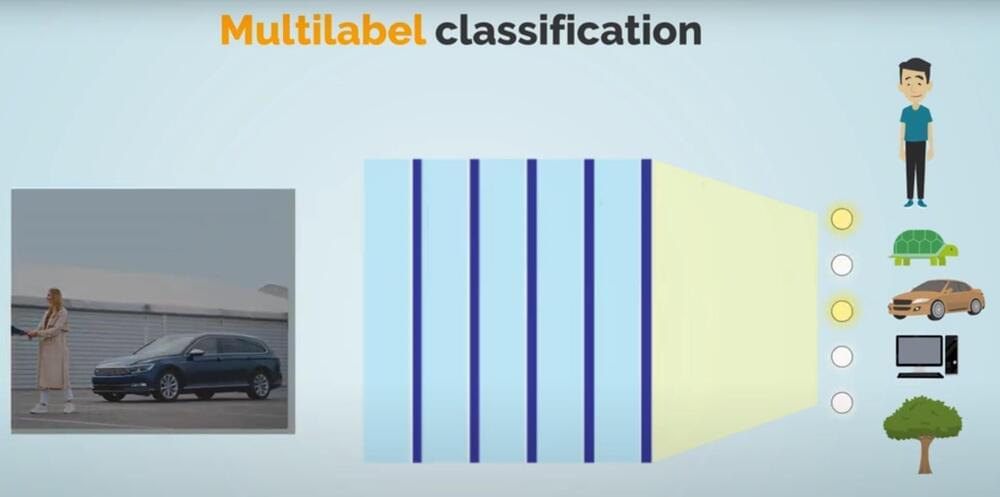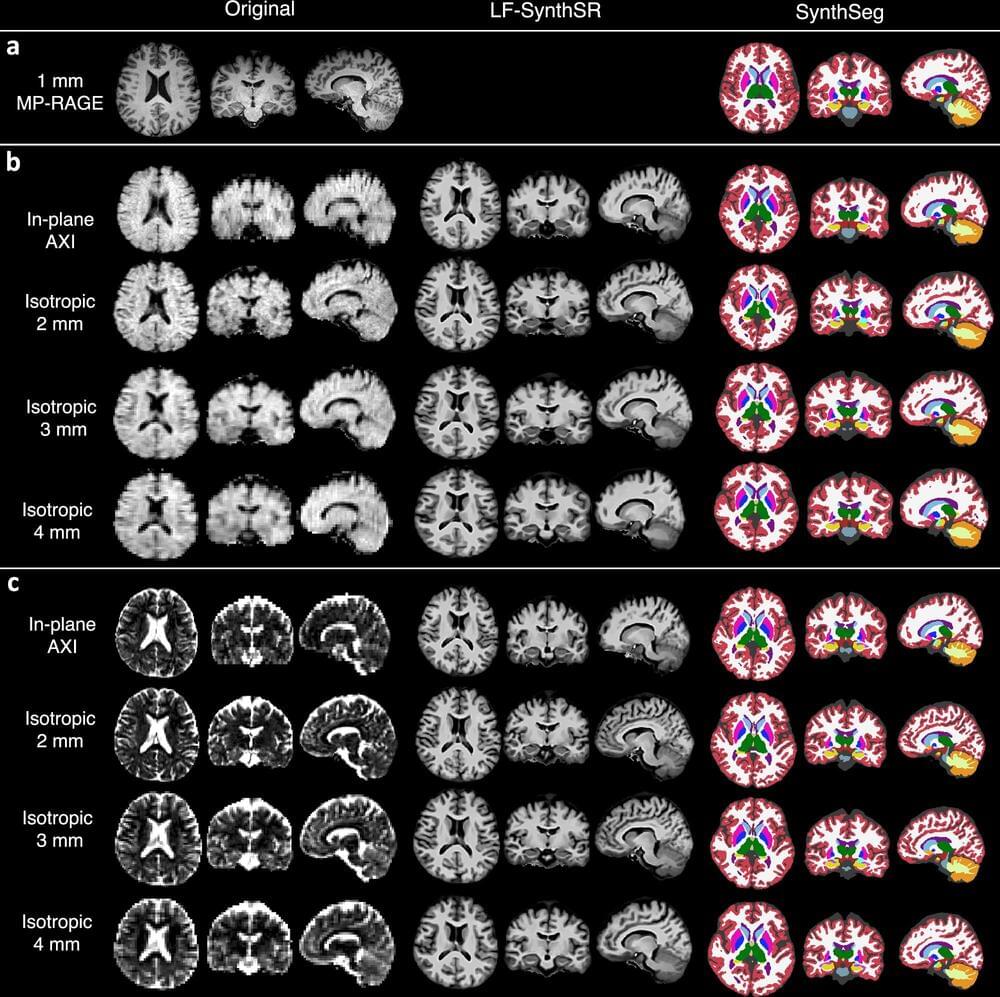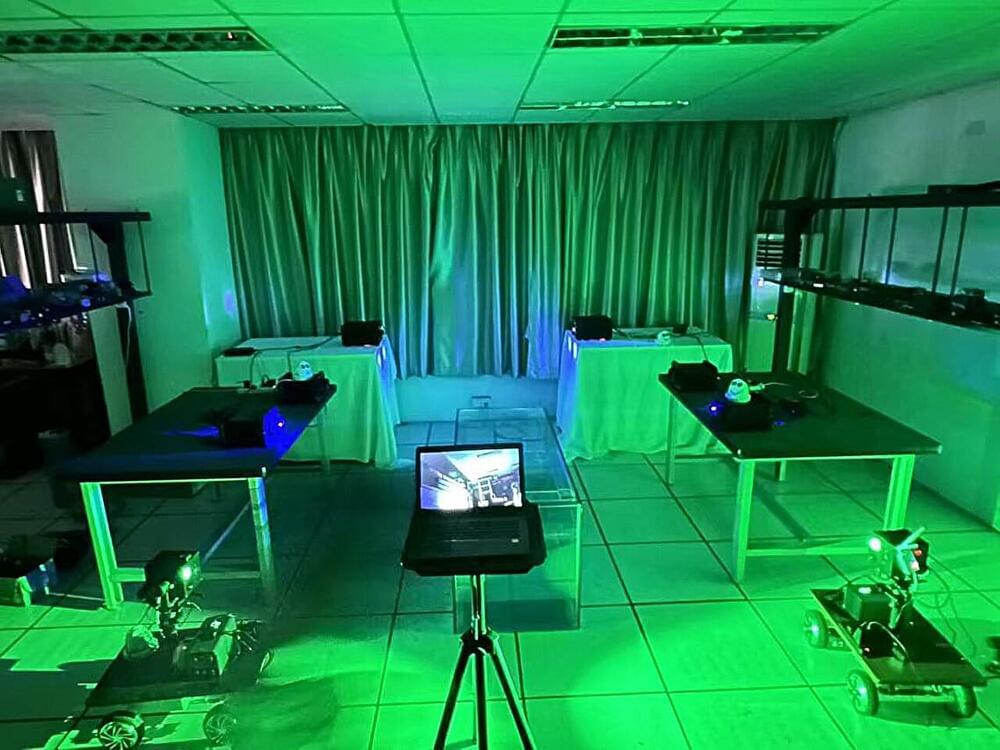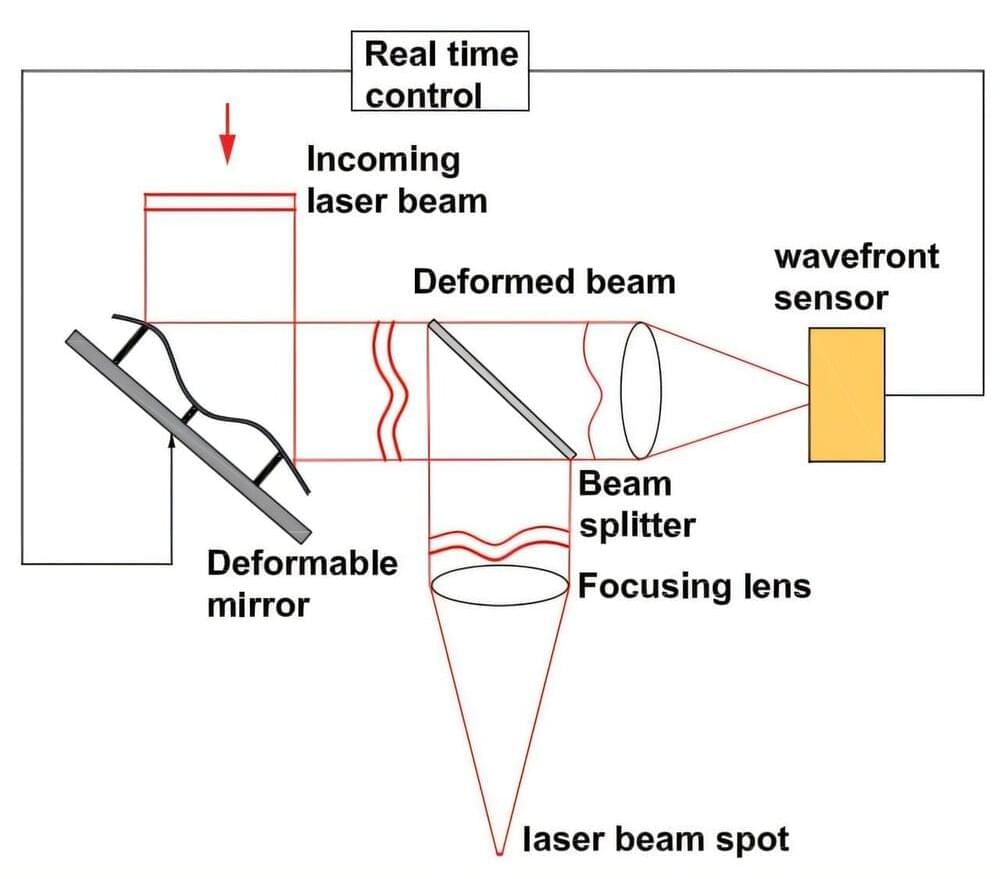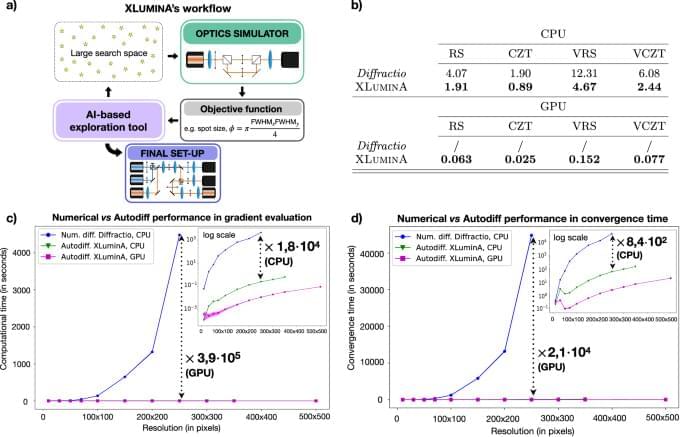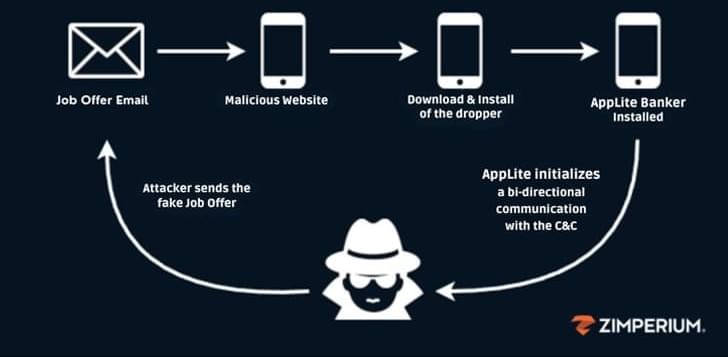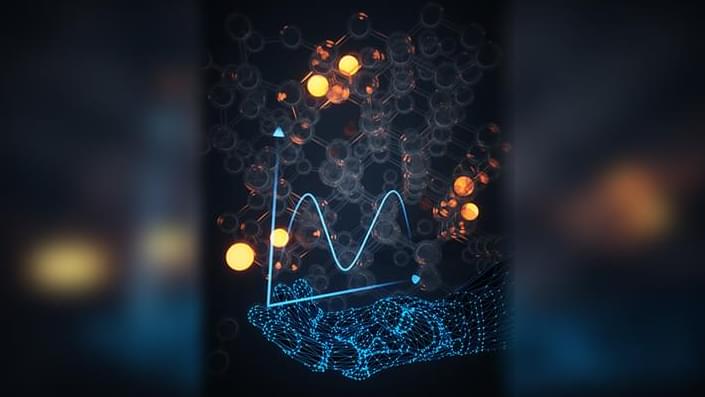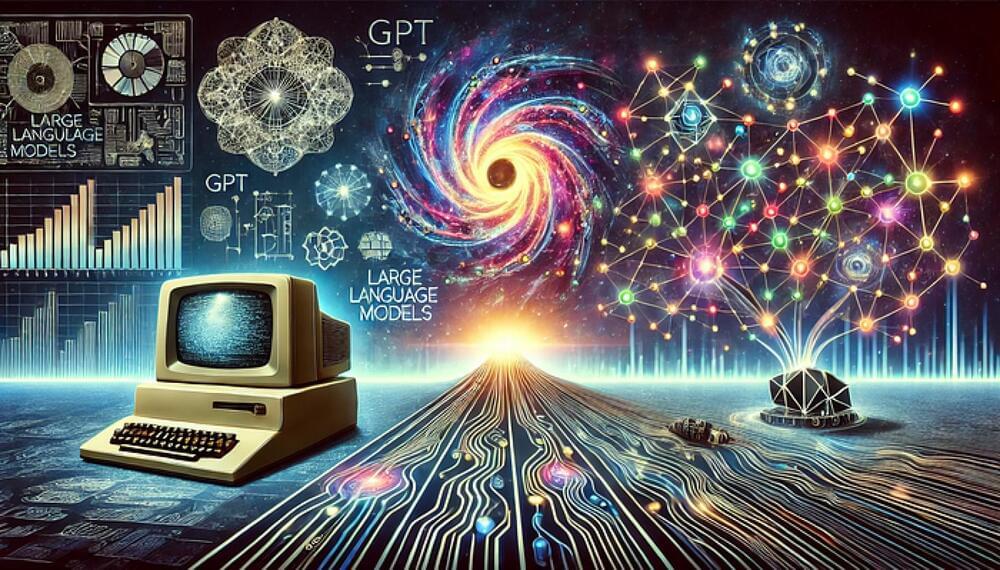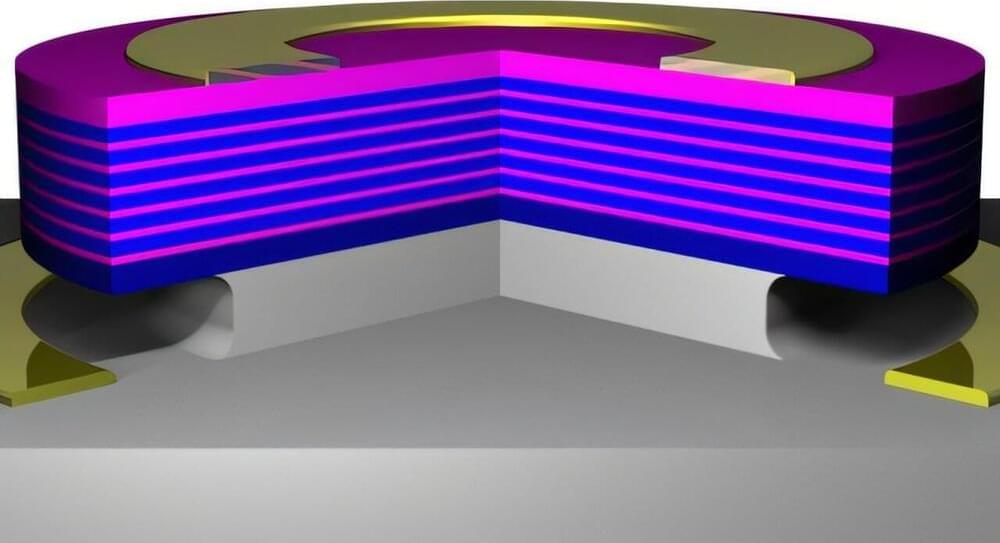Artificial intelligence, AI, is rapidly transforming work also in the financial sector. Conducted at the University of Eastern Finland, a recent study explored how integrating AI into the work of sales teams affects the interpersonal communication competence required of sales managers. The study found that handing routine tasks over to AI improved efficiency and freed up sales managers’ time for more complex tasks. However, as the integration of AI progressed, sales managers faced new kind of communication challenges, including those related to overcoming fears and resistance to change.
“Members of sales teams needed encouragement in the use AI, and their self-direction also needed support. Sales managers’ contribution was also vital in adapting to constant digital changes and in maintaining trust within the team,” says Associate Professor Jonna Koponen of the University of Eastern Finland.
The longitudinal study is based on 35 expert interviews conducted over a five-year period in 2019–2024, as well as on secondary data gathered from one of Scandinavia’s largest financial groups. The findings show that besides traditional managerial interpersonal communication competence, consideration of ethical perspectives and adaptability were significant when integrating AI into the work of sales teams.

